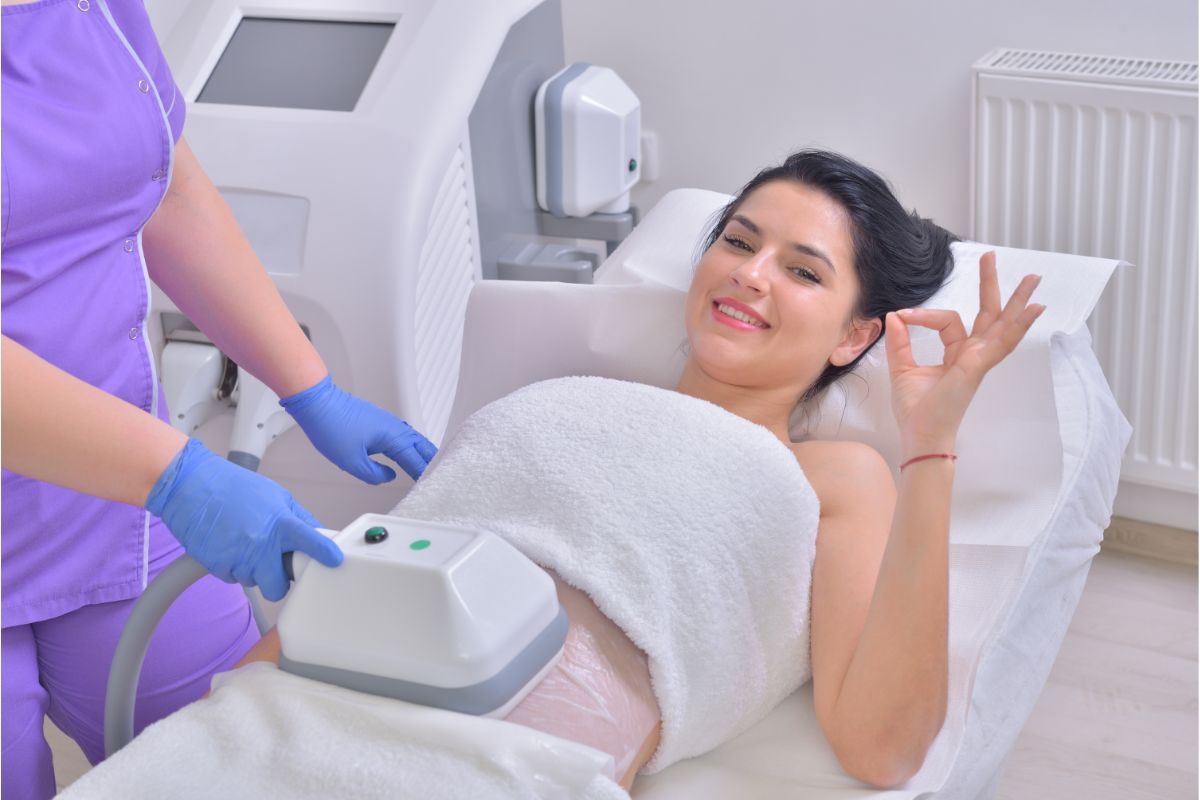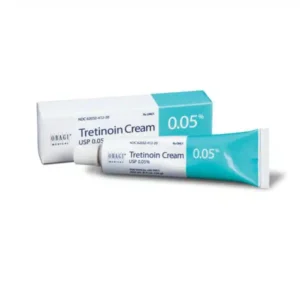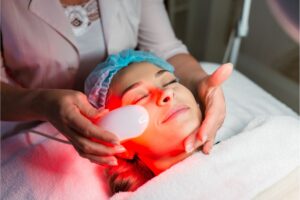Unlock the secrets behind achieving your dream physique as we delve into the ultimate showdown: CoolSculpting vs. Other Fat Reduction Methods. In this comprehensive guide, we’ll explore the pros, cons, and nuances of various fat reduction techniques, empowering you to make an informed decision tailored to your unique body goals.
CoolSculpting uses a process called cryolipolysis to eliminate fat cells without harming skin or other tissues. The applicator freezes fat that’s embedded in your skin, causing apoptosis, or cell death.
The frozen fat cells then naturally processed and eliminated by your body, leaving you with slimmer, more sculpted body contours.
1. Liposuction
CoolSculpting uses a similar concept as liposuction to remove unwanted fat, but in a nonsurgical fashion. A plastic surgeon makes small incisions around the area, then a long, narrow tool called a cannula loosens the fat cells, and a vacuum attached to the cannula sucks up the dislodged fat cells. CoolSculpting is FDA-clear and very safe, with little or no recovery period needed.
Liposuction is an invasive procedure that involves general anesthesia and may require longer downtime than CoolSculpting. But it can achieve more dramatic results, in part because of its ability to remove up to 5 liters of fat from the body. Liposuction can also target multiple body areas at once, while CoolSculpting can only address one or two problem spots at a time.
Some patients experience short-term bruising and skin sensitivity after a liposuction procedure, but these symptoms should resolve within weeks, according to Zeichner. In addition, the possibility of a complication called persistent adipose hyperplasia (PAH) is much lower for liposuction than for CoolSculpting, although PAH can be very serious and requires medical intervention.
Like other fat reduction methods, such as liposuction and various heat and sound-wave treatments (including SculpSure and TruSculpt), CoolSculpting can reduce stubborn pockets of fat that are unresponsive to diet and exercise in people who are at their ideal weight. However, it isn’t effective for losing significant amounts of weight or addressing visceral fat — the kind of fat that surrounds the organs and is associated with high cholesterol and insulin resistance.
The decision of whether to get a surgical or nonsurgical treatment is ultimately up to the patient. It’s important to do plenty of research and consult with a plastic surgeon or dermatologist before making any decisions. In most cases, though, both options are safe for healthy individuals who need help reducing stubborn pockets of fat.
2. Heat Therapy
Some people have pockets of fat that won’t go away no matter how they exercise or diet. These pockets are typically located in the abdomen, hips and thighs but can occur anywhere on the body. These stubborn areas can be a real bummer when it comes to your self-image. Thankfully, there are non-invasive procedures that can help remove these pesky bumps of stubborn fat. Two of the most popular options are CoolSculpting and Sono Bello.
Both of these treatments use the same basic concept to change the shape of your body by killing unwanted fat cells. However, they differ in how the fat cells killed. CoolSculpting, also known as cryolipolysis, uses an applicator that placed on the targeted area to send precise cooling into the skin. Because the fat cells are more sensitive to cold temperatures than the skin and other tissues, the freezing kills the fat cells without hurting anything else in the area.
CoolSculpting results appear gradually as the dead fat cells eliminated by the body. The process can take up to six months, and some patients need multiple sessions to achieve their desired results. Unlike liposuction, CoolSculpting is non-invasive and does not require a lot of downtime. However, some people experience discomfort, tugging and numbness during their treatment sessions. This is especially true if the fat cells are thicker, like on the inner thighs or belly.
Another similar option to CoolSculpting is Vanquish, which uses radio frequency technology instead of freezing. Its sensors read your skin’s surface to determine the best energy level for your unique situation.
While both procedures can reduce the size of fat deposits, they not intended to be a replacement for a healthy lifestyle. You should continue to eat a well-balanced diet, exercise regularly and maintain a normal weight to see the most long-lasting results from both of these body contouring treatments.
Both CoolSculpting and Vanquish have shown to be safe for most people. However, it’s important to have a full consultation with a plastic surgeon or dermatologist before deciding which option is right for you.
3. Ultrasound
CoolSculpting is the most popular fat reduction method for noninvasive body contouring. As of 2019, about eight million CoolSculpting treatments had administered in the U.S., according to the company’s website. Another way to reduce fat is through ultrasound, which uses high-frequency vibrations to break up and kill the cells that have accumulated in the area. But while ultrasound is effective, it’s not a cure-all for stubborn fat and often requires multiple sessions to see results.
The procedure for both techniques is fairly similar. After the skin in the targeted area becomes numb, the provider moves a device with applicators that look like the nozzles on a vacuum cleaner over the surface of the tissue. When the appliqués are in place, they send precise cooling temperatures to the target zone. This is because fat cells are more sensitive to cold than other tissues in the body, so the process destroys the unwanted cells without harming surrounding tissue or nerves. Then, the body eliminates the dead cells via its lymphatic system.
A common side effect of CoolSculpting is pain or a tingling sensation in the treatment area, though these effects usually disappear within weeks. Some people might also develop a rash, swelling or other discoloration in the treated area, but these effects are rarely severe. And in most cases, patients can resume their normal day-to-day activities immediately afterward.
There are no serious risks associated with the procedure, and there’s little to no recovery time required. But it’s important to note that the FDA has not approved CoolSculpting as a weight loss tool, and it isn’t a replacement for liposuction. And if you have Raynaud’s disease or a medical condition that causes extreme sensitivity to cold, you might not be a good candidate for the procedure.
While the results from CoolSculpting are permanent, they’re not a cure for obesity, so continuing to exercise and maintain a healthy diet is crucial for long-term success. In addition, if you are pregnant or breastfeeding, the treatment not recommended for you. If you’re interested in trying the procedure, it’s best to find a qualified practitioner who can advise you of other options that may be safer and more effective for your situation.
4. Electrical Muscle Stimulation
CoolSculpting has become the world’s most popular noninvasive method to permanently remove fat. The process, also known as cryolipolysis, works by freezing fat cells. It’s been FDA approved and is an excellent option for people with stubborn fatty areas in the stomach, back, love handles, bra area and even the double chin. It doesn’t hurt, is a noninvasive procedure and you can return to work or other activities immediately following a session.
During your treatment, the CoolSculpting applicator placed on the targeted area to suction and crystallize your fatty tissues. The chilly temperature of the applicator destroys the fatty tissue, leaving behind tauter skin and a slimmer body shape.
You will likely notice results in a few weeks, with most seeing full results within three months. There is no downtime associated with CoolSculpting, although some people may experience a little tingling or numbness after treatment. These side effects should disappear on their own.
Another similar technology to CoolSculpting is SculpSure, which uses heat to destroy fatty tissue. This is a slightly less expensive alternative that’s more effective than CoolSculpting in most cases. However, it is not a replacement for healthy eating and exercise. If you don’t make healthy lifestyle choices, your fatty tissue will come back, no matter how many treatments you undergo.
Liposuction is more invasive than CoolSculpting treatment and has the potential to cause serious complications. Liposuction often used to remove larger amounts of fat tissue for more dramatic results.
A skilled cosmetic doctor can perform liposuction safely, but you should be aware of the risks and limitations. It’s important to have a thorough consultation with your doctor before undergoing any type of liposuction or fat reduction surgery. This will help you understand all of your options, and the best course of action to achieve your goals without compromising your safety. The doctor should have a good understanding of your medical history and your risk factors for potential complications. They should be able to explain all of the risks in detail and answer any questions you have. They should also be able to provide you with realistic expectations for your results.







